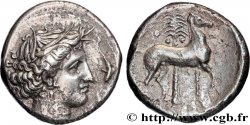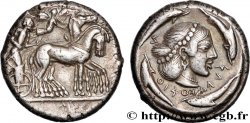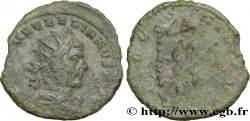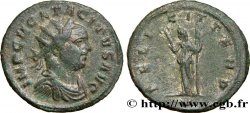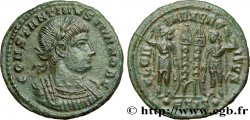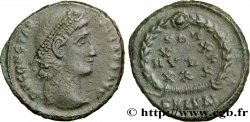Live auction - bgr_1031867 - SICILY - SICULO-PUNIC - KEPHALOEDION Tétradrachme
You must signin and be an approved bidder to bid, LOGIN TO BID. Accounts are subject to approval and the approval process takes place within 48 hours. Do not wait until the day a sale closes to register. Clicking on "BID" constitutes acceptance of the terms of use of cgb.fr private live auctions.
Bids must be placed in whole Euro amounts only. The sale will start closing at the time stated on the item description; any bids received at the site after the closing time will not be executed. Transmission times may vary and bids could be rejected if you wait until the last second. For further information check the Live auction FAQ
All winning bids are subject to a 18% buyer’s fee.
All winning bids are subject to a 18% buyer’s fee.
| Estimate : | 1 200 € |
| Price : | 711 € |
| Maximum bid : | 713 € |
| End of the sale : | 23 September 2025 14:02:32 |
| bidders : | 3 bidders |
Type : Tétradrachme
Date: c. 350-340 AC.
Mint name / Town : Céphaloédium, (Kephaloidion)
Metal : silver
Diameter : 26,5 mm
Orientation dies : 9 h.
Weight : 16,72 g.
Rarity : R2
Coments on the condition:
Très beau portrait sur un flan très large, ovale, légèrement décentré au droit sur le cou et les dauphins. Patine grise avec des reflets dorés
Catalogue references :
Predigree :
Cet exemplaire provient de MONNAIES XXIX, n° 22
Obverse
Obverse legend : ANÉPIGRAPHE.
Obverse description : Tête féminine (Tanit) à droite, les cheveux tirés en arrière avec couronne d'épis, boucle d'oreille et collier, entourée de quatre dauphins.
Reverse
Reverse legend : ANÉPIGRAPHE.
Reverse description : Cheval passant au pas devant un palmier.
Commentary
A peut-être été frappé avec un coin défectueux ou rouillé. Ce type siculo-punique est parfois attribué à Carthage. La magnifique tête féminine ne fait aucun doute sur une fabrication sicilienne, inspirée par les monnaies de Syracuse et en particulier le décadrachme d’Evainète. Mêmes coins que l’exemplaire du musée de Baltimore, provenant de la collection Bement, Ars Classica, Naville 6, n° 596.
Possibly struck with a defective or rusty die. This Siculo-Punic type is sometimes attributed to Carthage. The magnificent female head leaves no doubt of Sicilian manufacture, inspired by the coins of Syracuse and in particular the decadrachm of Evainetus. Same dies as the example in the Baltimore Museum, from the Bement collection, Ars Classica, Naville 6, no. 596
Possibly struck with a defective or rusty die. This Siculo-Punic type is sometimes attributed to Carthage. The magnificent female head leaves no doubt of Sicilian manufacture, inspired by the coins of Syracuse and in particular the decadrachm of Evainetus. Same dies as the example in the Baltimore Museum, from the Bement collection, Ars Classica, Naville 6, no. 596








 Report a mistake
Report a mistake Print the page
Print the page Share my selection
Share my selection Ask a question
Ask a question Consign / sell
Consign / sell